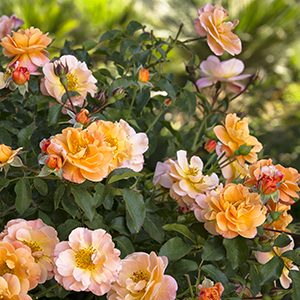
Flower Carpet® Amber Groundcover Rose
Semi-double, fragrant, peachy-amber blooms, fade to a seashell pink as they age. Excellent heat and humidity tolerance. Zone: 4 – 10
Attracts: Bees, butterflies, moths, hummingbirds.

Munchkin Oakleaf Hydrangea
Compact with a profusion of robust flower clusters that open white and age to pink. These still remain upright even after heavy rain. Zone: 5 – 9
Attracts: Honeybees, bumblebees, and hoverflies.
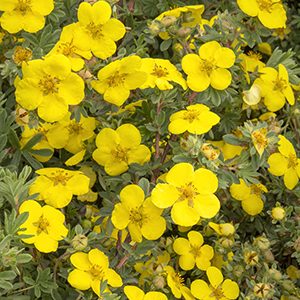
Gold Star Potentilla
Beautiful display of golden yellow blooms that cover the finely textured green foliage profusely throughout summer. Tolerates poor soils. Zone: 3 – 7
Attracts: Hoverflies, parasitic wasps, mason bees, leafcutter bees, solitary bees.
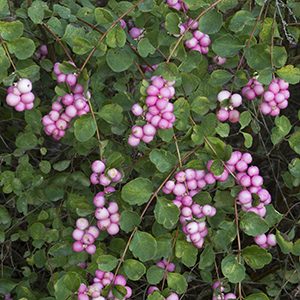
Scarlet Pearl Snowberry
Light pink summer blooms produce an abundance of highly ornamental large pink berries. These are an important winter food source for birds. Zone: 3 – 7
Attracts: Hummingbirds, bumblebees.
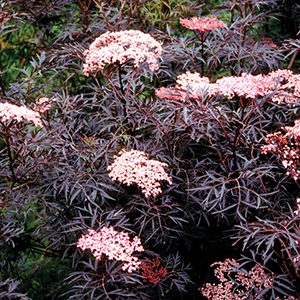
Black Lace™ Elderberry
Pink flowers in spring and blackish fall berries contrast with dark leaves. Berries can be left on plant to attract birds and other wildlife. Zone: 4 – 7
Attracts: Hoverflies, honeybees, little carpenter, mason, Halictid and Syrphid bees, beetles.
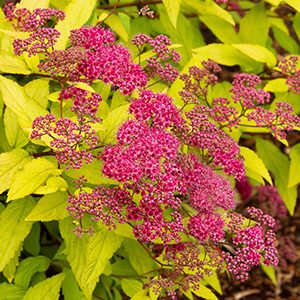
Goldflame Spirea
The little butterfly magnet! Panicles of rosy red flowers rise above the golden foliage in summer, creating a dynamic contrast. Zone: 4 – 9
Attracts: Bees, butterflies, hummingbirds.
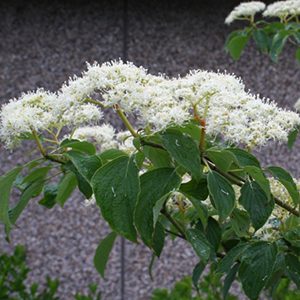
Pagoda Dogwood
Masses of tiny, white, fragrant flowers appear in early summer. This is followed by blue-black fall berries consumed by more than 40 species of birds. Zone: 4 – 8
Attracts: bees, butterflies, hoverflies.
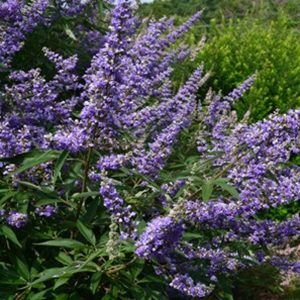
Chaste Tree
Fast-growing multi-trunked shrub (or small tree) with fragrant lilac-colored blooms, backed by aromatic gray-green foliage. Zone: 5 – 9
Attracts: Bees, butterflies, moths.
TIPS FOR LURING POLLINATORS
-
Determine which pollinator-friendly plants are appropriate for your region.
-
Limit your use of chemicals (both synthetic and organic) and use plenty of compost and mulch to build healthy soil. Healthy soils create healthy plants.
-
Plan your garden so that there is something blooming for as many months as you can manage. (Try incorporating different color, fragrance, and season of bloom). Many pollinators, especially bees, forage during the entire growing season.
-
Provide shelter by letting your yard get a little wild. Allow a hedge to grow untrimmed, leave a section of lawn unmowed and pile grass cutting in a sunny spot. Then, create a nesting habitat by leaving some soil bare for ground nesting bees.
-
Group plantings so that pollinators can move safely through the landscape protected from predators.
-
A clean, reliable source of water is essential to pollinators.
-
Plant a diversity of plants to support a variety of pollinators.

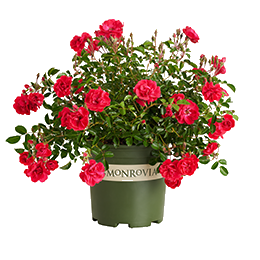
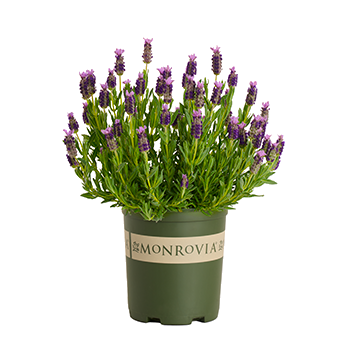
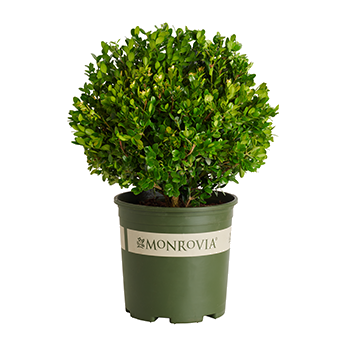

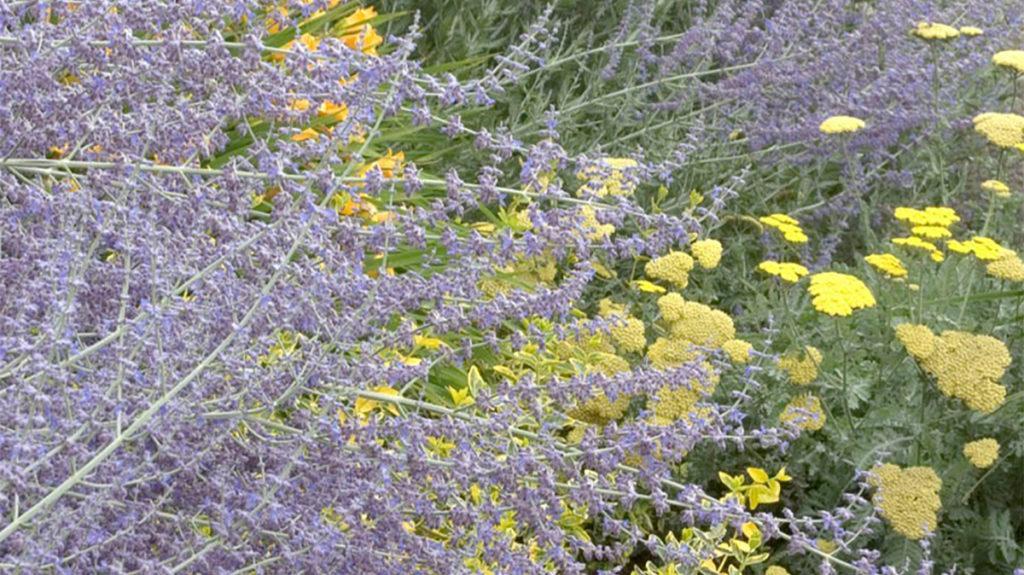
Please login to comment.
Don't have an account?
Sign Up for free